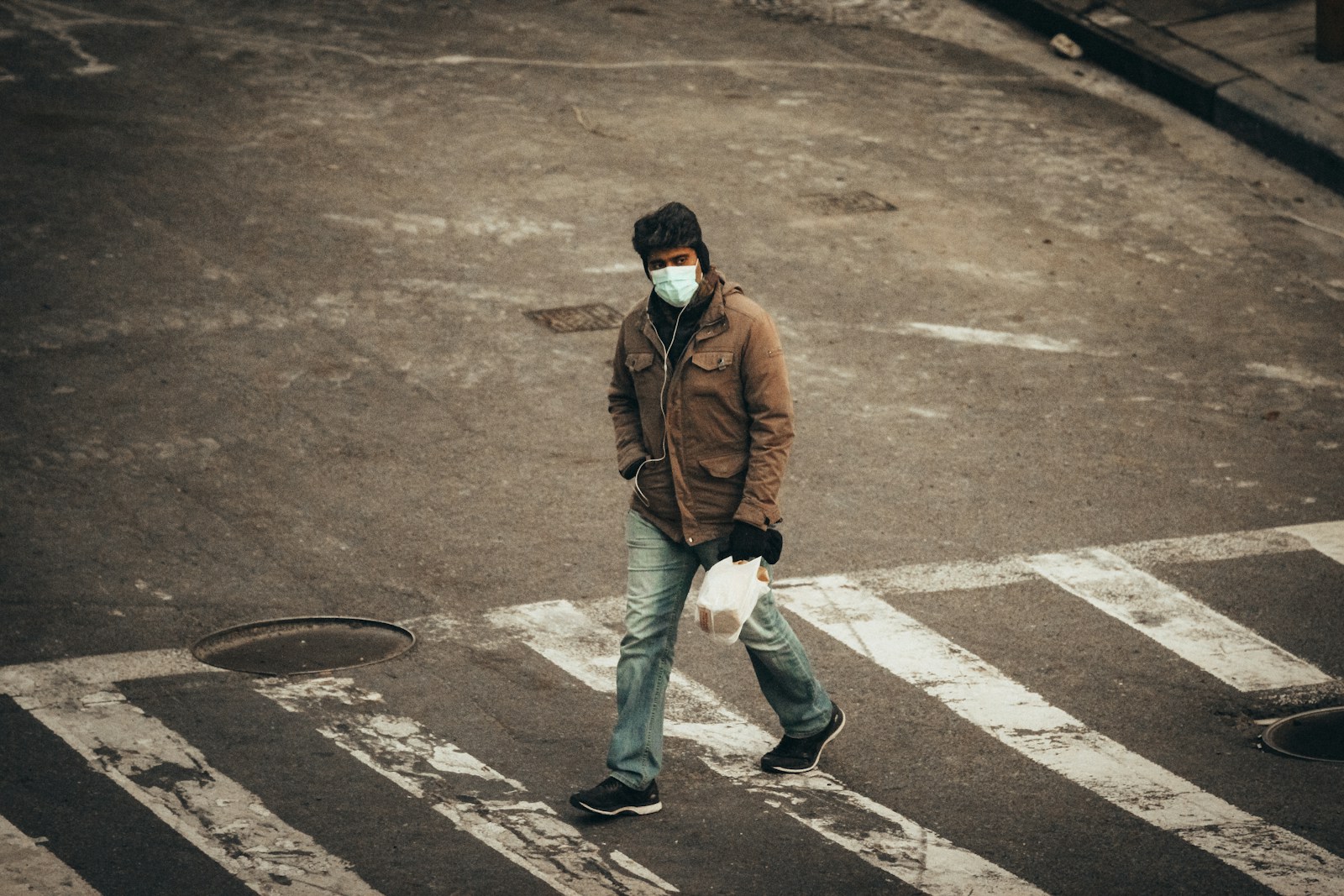Anatomy of a Failure: Why the World is Still Not Ready for the Next Pandemic

The memory of the COVID-19 pandemic—the lockdowns, the overwhelmed hospitals, the staggering loss of life—was supposed to be a wake-up call. It was a once-in-a-century crisis that laid bare the deep fractures in our global health security systems. The promise, repeated by leaders at countless international forums, was "never again." We would learn the lessons, fix the broken systems, and build a world resilient enough to withstand the next viral threat.
Years later, that promise is ringing hollow. The world is now caught in a perilous cycle of "panic and neglect." The urgency of the pandemic years has faded, replaced by a collective amnesia as political attention and funding have shifted to other crises. According to the World Health Organization (WHO) and independent reviews like the Global Preparedness Monitoring Board, the world remains dangerously unprepared for the next pandemic, which scientists refer to as "Disease X."
The Broken Links in the Chain
Effective pandemic preparedness is like a chain, and it is only as strong as its weakest link. The COVID-19 pandemic revealed that nearly every link in our global chain was weak, from early detection to equitable distribution of medical countermeasures. While some progress has been made, many of the fundamental vulnerabilities remain.
One of the most critical failures was in global surveillance. The world was too slow to detect and report the novel coronavirus, allowing it to spread silently across the globe. Efforts to build a more robust global surveillance network, one that can rapidly identify novel pathogens, are underway. However, these efforts are hampered by a lack of funding and, more importantly, a lack of trust. In a world of intense geopolitical rivalry, the transparent sharing of sensitive public health data between nations like the United States and China is far from guaranteed.
Another broken link was the supply chain for essential medical goods. The early days of the pandemic were defined by a chaotic scramble for personal protective equipment (PPE), ventilators, and diagnostic tests. While some countries, including South Korea, have improved their domestic manufacturing capacity, the world still lacks a coordinated mechanism to ensure that critical supplies can be rapidly produced and distributed globally during a crisis.
The Failure of Vaccine Equity
Perhaps the most profound moral and strategic failure of the COVID-19 response was the inequitable distribution of vaccines. "Vaccine nationalism," in which wealthy nations hoarded doses for their own populations, left billions of people in the Global South unprotected for months and even years, creating a breeding ground for new, more dangerous variants.
The COVAX facility, the international mechanism designed to ensure equitable access, was a noble idea that was largely undermined by the self-interest of rich countries. Negotiations for a new "Pandemic Accord" at the WHO, meant to establish legally binding rules to prevent this from happening again, have been plagued by disputes. Developing nations are demanding firm commitments on technology transfer and equitable access to vaccines and treatments, while developed nations and pharmaceutical companies are resisting moves that could weaken intellectual property rights. Without a binding agreement, we are at risk of repeating the exact same mistakes in the next crisis.
A Fading Political Will
Ultimately, the biggest obstacle to pandemic preparedness is not technical, but political. In the face of competing crises like economic inflation and geopolitical conflict, long-term investments in public health are an easy target for budget cuts. The political will to spend billions of dollars preparing for a threat that may not arrive for years is perilously low.
The lessons of COVID-19 were written in the language of loss—millions of lives, trillions of dollars in economic damage. It was a catastrophic failure of foresight and collective action. By allowing the cycle of panic and neglect to take hold once more, we are choosing to ignore that lesson at our own peril. Disease X is not a matter of if, but when.
